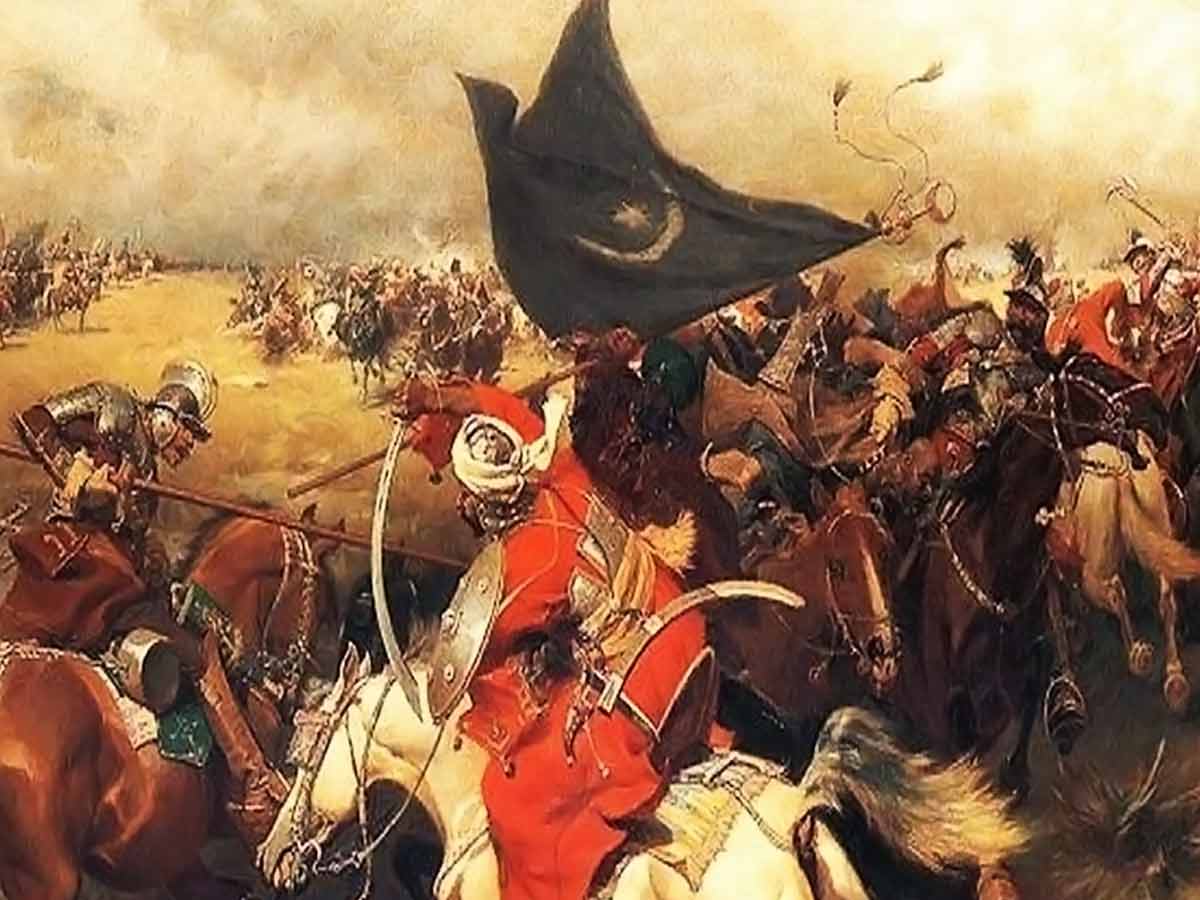The Ottoman Empire was one of the world’s most powerful and long-lasting empires.
For moreover, 600 years, this Islamic powerhouse reigned over broad swaths of the Middle East, Eastern Europe, and North Africa. The Sultan, the supreme leader, was given total political and religious power over his subjects. While many Western Europeans saw the Ottoman Empire as a danger, many historians saw it as a supplier of peace and stability and significant achievements, mostly in arts, science, religion, and culture.
Osman I

Around 1299, Osman I, a leader of Turkish tribes in Anatolia, formed the Ottoman Empire. The title “Ottoman” comes from Osman’s Arabic name, which was “Uthman.” Under Osman I, Orhan, Murad I, and Bayezid I, the Ottoman Turks established a formal government and extended their territory. Mehmed II the Conqueror led the Ottoman Turks to conquer Constantinople, the capital of the Byzantine Empire, in 1453. The Byzantine Empire’s 1,000-year rule came to an end with this. Sultan Mehmed renamed the city Istanbul and proclaimed it the Ottoman Empire’s new capital. Istanbul grew to become a major worldwide economic and cultural hub.
You can watch the Documentary about Seige on Constantinople here
Selim
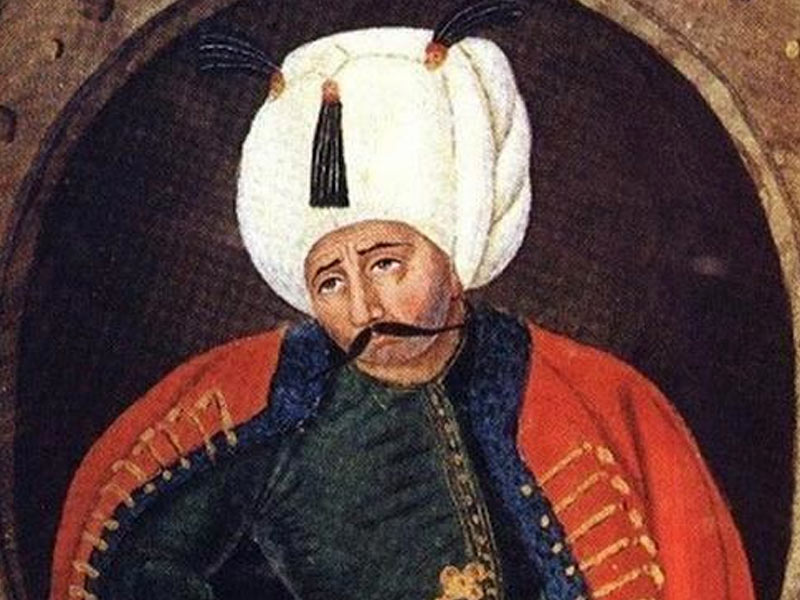
In 1481, Mehmed died, and his oldest son, Bayezid II, succeeded him as Sultan. By 1517, Selim I, Bayezid’s son, had conquered Syria, Arabia, Palestine, and Egypt for the Ottomans. Sultan Selim instituted a new policy that included fratricide, or the murder of siblings.
The brothers would be incarcerated whenever a new Sultan was elected. And his brothers, along with their sons, would be slain when the Sultan’s first son would be conceived. This method assured that the crown would pass towards the legitimate heir.
However, this arduous practice was not followed by all Sultans. The practice evolved through time, and the brothers would only be imprisoned in subsequent years, not murdered.
Suleiman
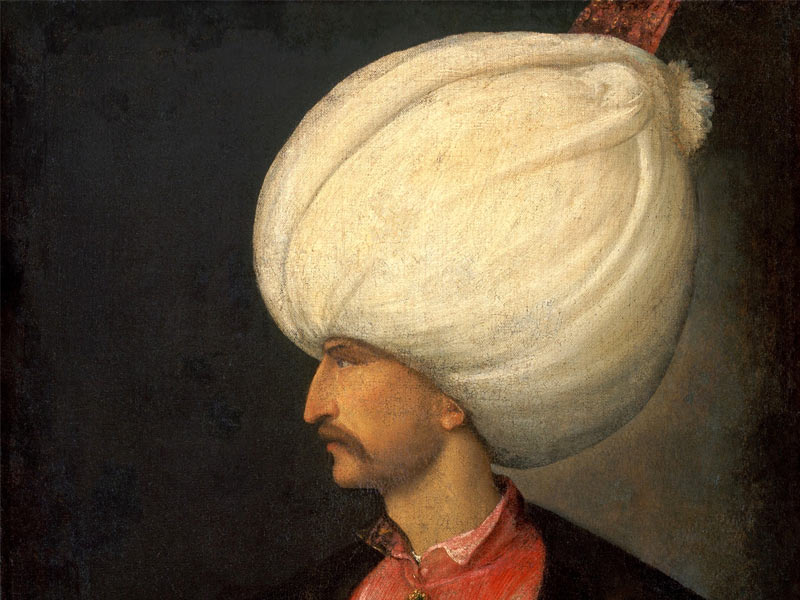
During the reign of Suleiman the Magnificent, Ottoman Empire reached its pinnacle between 1520 and 1566. During this time, there was a lot of authority, stability, and money. Suleiman established a consistent legal system and embraced many types of art and literature. Suleiman was seen as a religious leader as well as a political ruler by many Muslims. During Sultan Suleiman’s reign, the empire grew and expanded, including parts of Eastern Europe. Suleiman took control of Europe, building capital in Edirne and gaining the allegiance of Christian vassals and of those who had encouraged Bayezid to devote his attention to the East.
Contributions to Arts & Science
The Ottomans were famed for their artistic, scientific, and medical accomplishments. During Suleiman, the Magnificent, Istanbul, and other important cities around the empire were renowned as creative hotspots. Calligraphy, painting, poetry, textiles and carpet weaving, pottery, and music were among the most prominent types of art. Ottoman architecture also contributed to the development of the culture of the time. During this time, elaborate mosques and public structures were built.
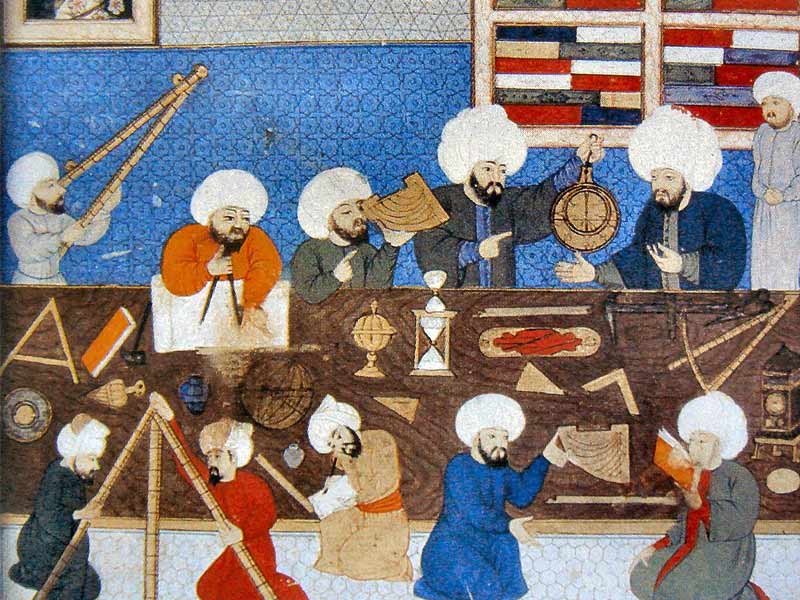
Science was seen to be a vital topic of study. And comprehensive mathematics, astronomy, philosophy, physics, geography, and chemistry were studied and applied by the Ottomans. Turkish carpets, colorful calligraphy, painted pottery, and ornate mosque construction are just a few examples of Ottoman art. In many sections of their empire, the Ottomans provided economic stability, wealth, and cultural flowering.
The chief astronomer’s office, the muvaqqithnes, and the Istanbul Observatory were among the scientific organizations of Ottoman civilization in the realm of astronomy. The Ottomans possessed well-organized astronomical organizations, such as Chief-post astronomer and time-keeping buildings. Ottoman also contributions to geography as the ottoman empire map was one of the most detailed during that time.
Cartography especially was substantial, wide-ranging, and had a distinct position in geographical history. It is also important to note that while the Arabs had a strong impact on the Turks, they did not blindly follow them. Ottoman cartographers had made major contributions, and they might be considered a potential link between medieval Islamic and contemporary mapping.
Also Read, Best Places to Visit In Turkey
Ottoman Empire & Religion
In the Ottoman Empire, religion was very significant. Although the Ottomans were Muslims, they did not force their conquered peoples to convert. They made it possible for Christians and Jews to worship without fear of being persecuted. The millet system, a community organization that granted minority groups limited freedom to run their affairs while still under Ottoman administration, was used to categorize those who weren’t Muslim.
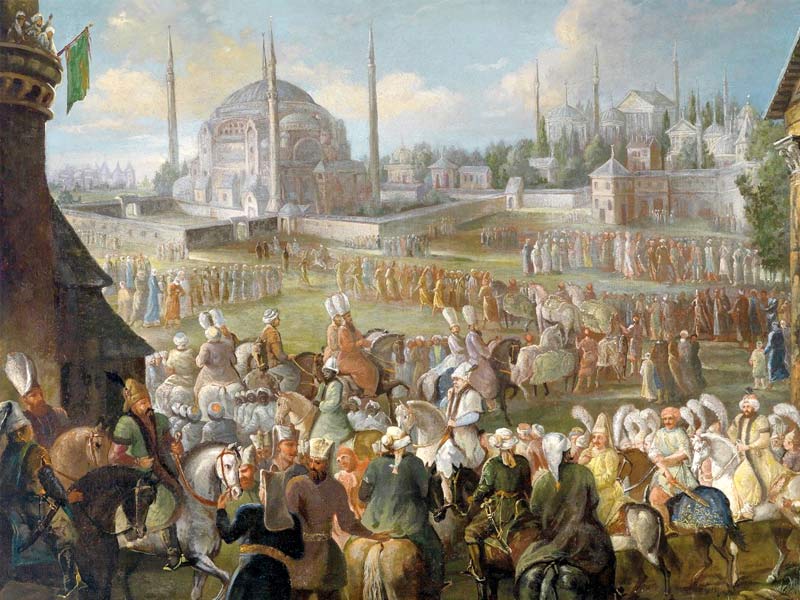
The millet system was designed to keep the empire’s many peoples segregated to reduce conflict and maintain social order in a very diversified realm. There was social mobility inside the millets and Ottoman society as a whole, with people moving up and down the ladder based on skill and chance. Individuals might change from one millet to another. Still, because all millets were hostile to anyone who left them to convert to another faith, the state discouraged such conduct as much as possible to maintain societal peace and tranquillity.
The Decline of the Empire
Süleyman I the Magnificent reigned at the pinnacle of Ottoman power. Still, hints of frailty foreshadowed the start of a gradual but steady downfall. The sultans’ increasing lack of skill and authority had a significant role in the collapse. Süleyman became more dissatisfied with the battles and difficult administration tasks, withdrawing from public life to devote himself to the pleasures of his harem. The position of grand vizier was created to take his place, and it grew to be second only to the Sultan in terms of authority and revenue. The government’s capacity to enforce its will was harmed due to the separation of political loyalties and central power.
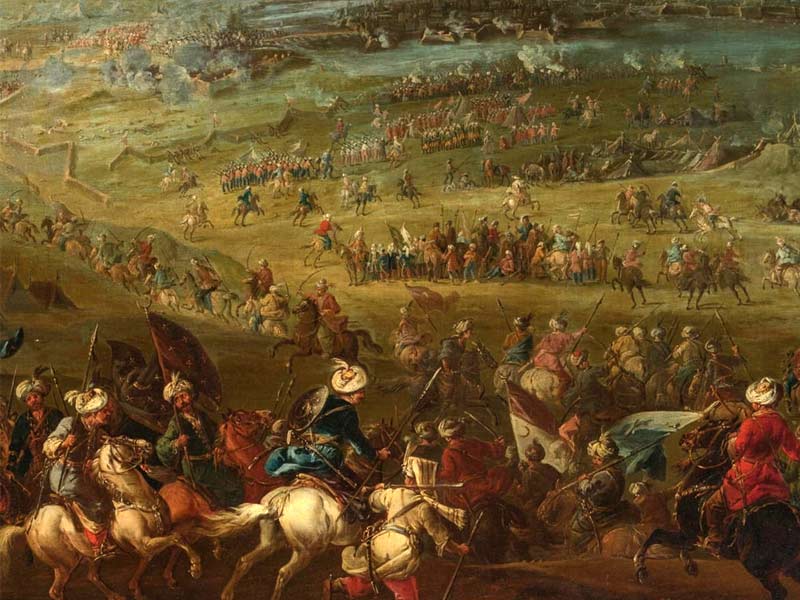
The Ottoman Empire began to lose its economic and military superiority to Europe in the 1600s. With the Renaissance and the beginning of the Industrial Revolution, Europe was quickly strengthening during this period. Other causes contributed to the empire’s decline, including inadequate leadership and competing with commerce from the Americas and India. At the Battle of Vienna in 1683, the Ottoman Turks had been defeated. This setback added to their already dwindling popularity. The empire began to lose significant portions of land during the following hundred years. Until finally, Greece gained independence from the Ottoman Empire in 1830 after a revolution.
When the title of Ottoman Sultan was abolished in 1922, the Ottoman Empire came to an end. When Mustafa Kemal Atatürk (1881-1938), an army commander, created the independent Republic of Turkey on October 29, 1923, it was designated a republic. From 1923 until he died in 1938, he served as Turkey’s first president, enacting changes that quickly secularised and westernized the country.
The Ottoman Turks are still recognized for their formidable military, ethnic variety, creative enterprises, religious tolerance, and architectural marvels after governing for more than 600 years. Its impact may still be seen in the current Turkish Republic, a modern, primarily secular country that many historians consider to be a continuation of the Ottoman Empire.





















